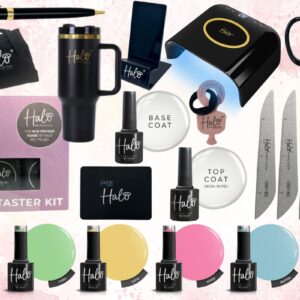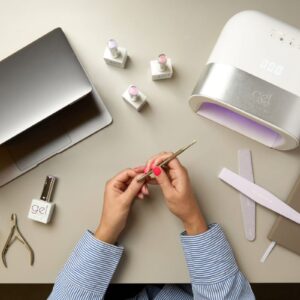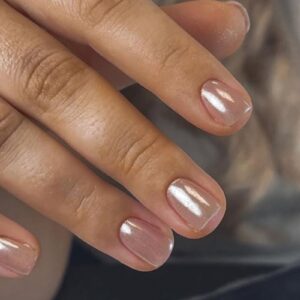
The difference between left and right-handed E-file bits
By Katie Barnes | 24 August 2023 | Feature, Technique
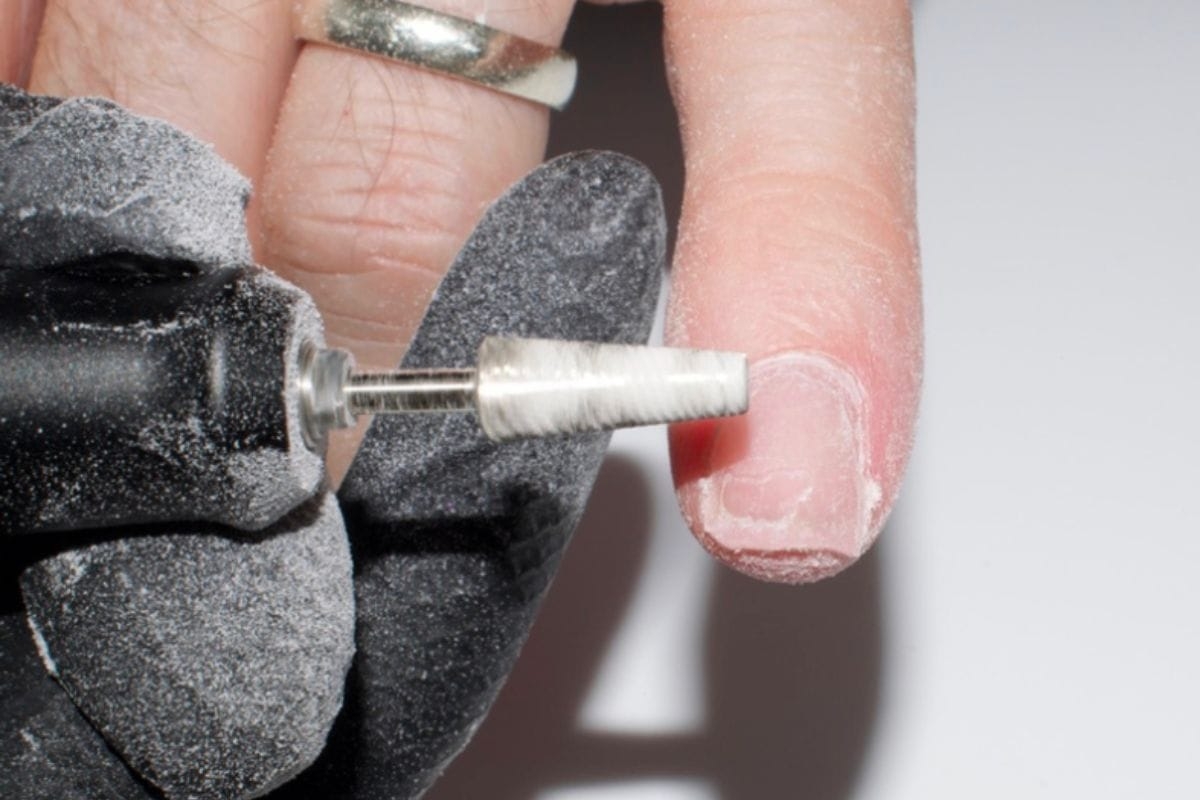
Most E-files will come with two directions, most commonly called forward and reverse.
The forward direction will rotate the E-file bits in the correct direction when working from right to left, or commonly for a right-handed tech. The reverse direction will rotate the bits in the correct direction for a left to right, or commonly for a left-handed tech. If you don’t use this direction when the bits are rotating in this direction, you will feel resistance in your E-file, lack of smooth motion and may also experience skipping or jumping.
However, not all left-handed and right-handed nail technicians work in these directions and there is often a need to work in both directions for different techniques and preferences. Don’t be tied by one direction because of your dominant hand – just remember how the direction on the E-file relates to the direction you are working.
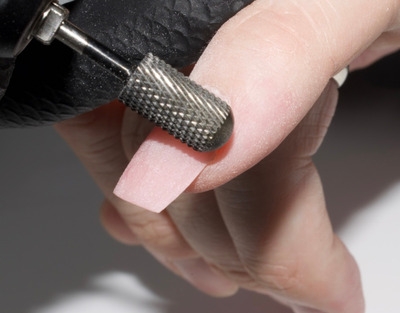
It is important to seek an electric nail file that offers both directions. It may be necessary to use the other direction for success, such as one side to the centre and repeating on the other side, especially with cuticle work, than just from one side all the way to the other. It is also beneficial for working on your ‘wrong hand’.
Do you really need left-handed bits?
Most E-file bits are created universally. This is different to fitting different machines universally. This relates to the direction they can be used and means that the teeth face straight out from the centre.
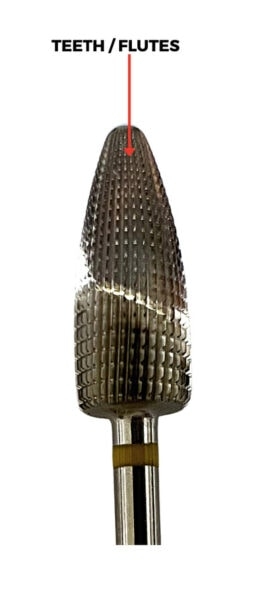
Directional bits have the teeth machined so that they are most effective in one direction. However, at the scale these are used, the effect will be negligible, and it ties you to working in only one direction, with the need to change bits to work the other way. Thus, you are best purchasing high quality universal bits.
This is only usually applicable to carbide bits and not diamond bits used for cuticle work, as these tend to be sold as universal as standard. As a left-handed user, I find no superiority using a left-handed cut bit and prefer universal bits to give me the freedom to work in different directions.
Love Katie B x

Read the latest issue




